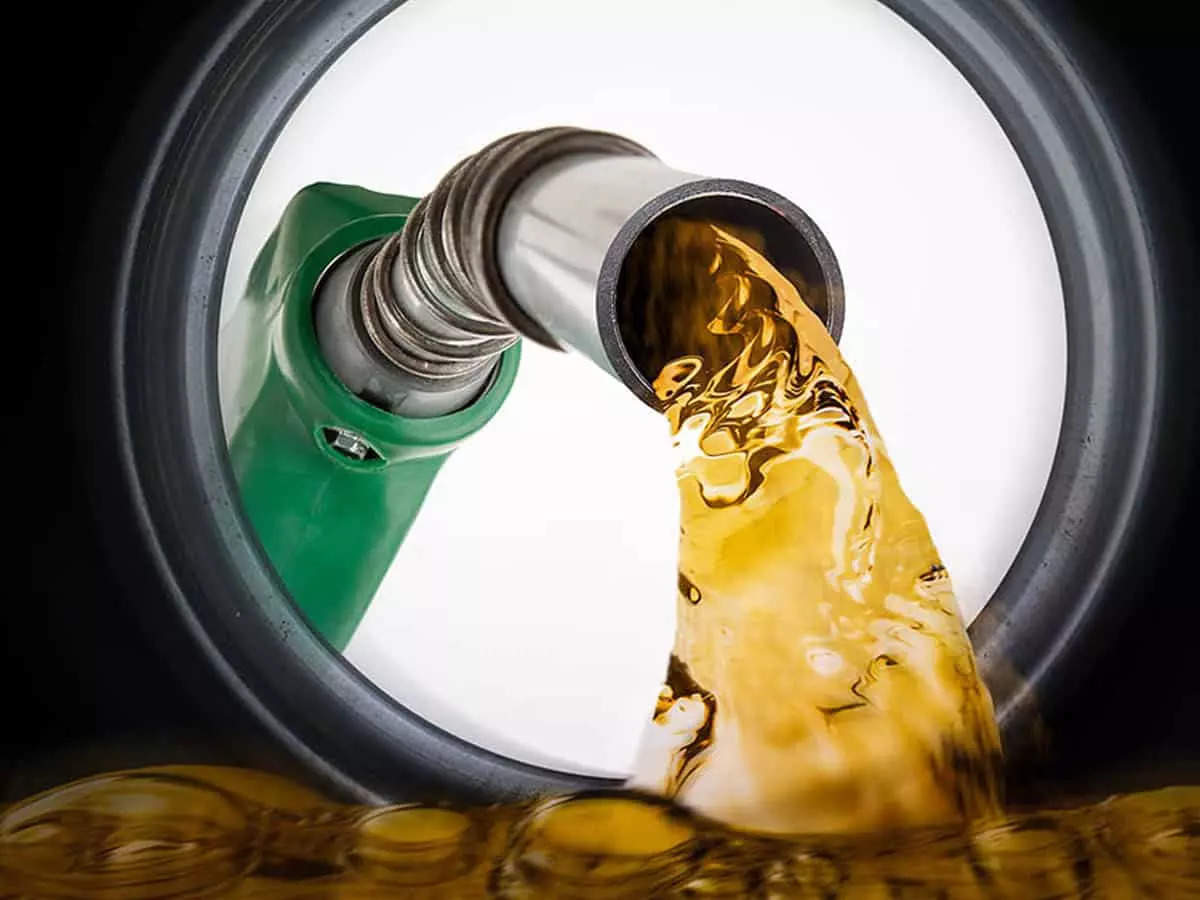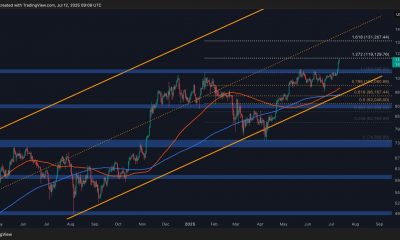Commodities
Demand for gasoline in the U.S. has fallen below pandemic levels

According to the U.S. Energy Information Administration, average monthly gasoline consumption has fallen below the 2020 level. The demand surge a week earlier turned out to be only a temporary recovery.
Currently, gasoline consumption in the states is more than 1 million barrels behind pre-pandemic levels. How much is gasoline in the US? Gasoline prices have fallen for 50 straight days. But rising inflation is still holding back motorists’ demand for fuel. Falling consumption leads to similar price trends.
Gasoline futures are down almost 11% today. This drop stands out clearly on the price of gasoline in the US. Shares of U.S. oil and gas companies synchronously reacted to the drop in prices. Today, the energy sector was the only one in the S&P 500 index, which ended trading in the negative.
Meanwhile, natural gas in the U.S. is rising despite declining oil prices. While Brent crude is falling below $97 a barrel, gas has jumped back above $8 per million British thermal units. Quotations are heading towards their local highs.
The reason: many states continue to experience intense heat, keeping demand for electricity in the summer season. While gasoline demand falls, citizens’ demand for other fuels remains steady.
Commodities
Oil prices rise; U.S. crude inventories plunge, Russia-Ukraine truce eyed
Commodities
India’s Reliance to stop buying Venezuelan oil over US tariffs, sources say
Commodities
Oil prices climb on Venezuela supply worries

 Forex3 years ago
Forex3 years agoForex Today: the dollar is gaining strength amid gloomy sentiment at the start of the Fed’s week

 Forex3 years ago
Forex3 years agoUnbiased review of Pocket Option broker

 Forex3 years ago
Forex3 years agoDollar to pound sterling exchange rate today: Pound plummeted to its lowest since 1985

 Forex3 years ago
Forex3 years agoHow is the Australian dollar doing today?

 Cryptocurrency3 years ago
Cryptocurrency3 years agoWhat happened in the crypto market – current events today

 World3 years ago
World3 years agoWhy are modern video games an art form?

 Commodities3 years ago
Commodities3 years agoCopper continues to fall in price on expectations of lower demand in China

 Economy3 years ago
Economy3 years agoCrude oil tankers double in price due to EU anti-Russian sanctions





























